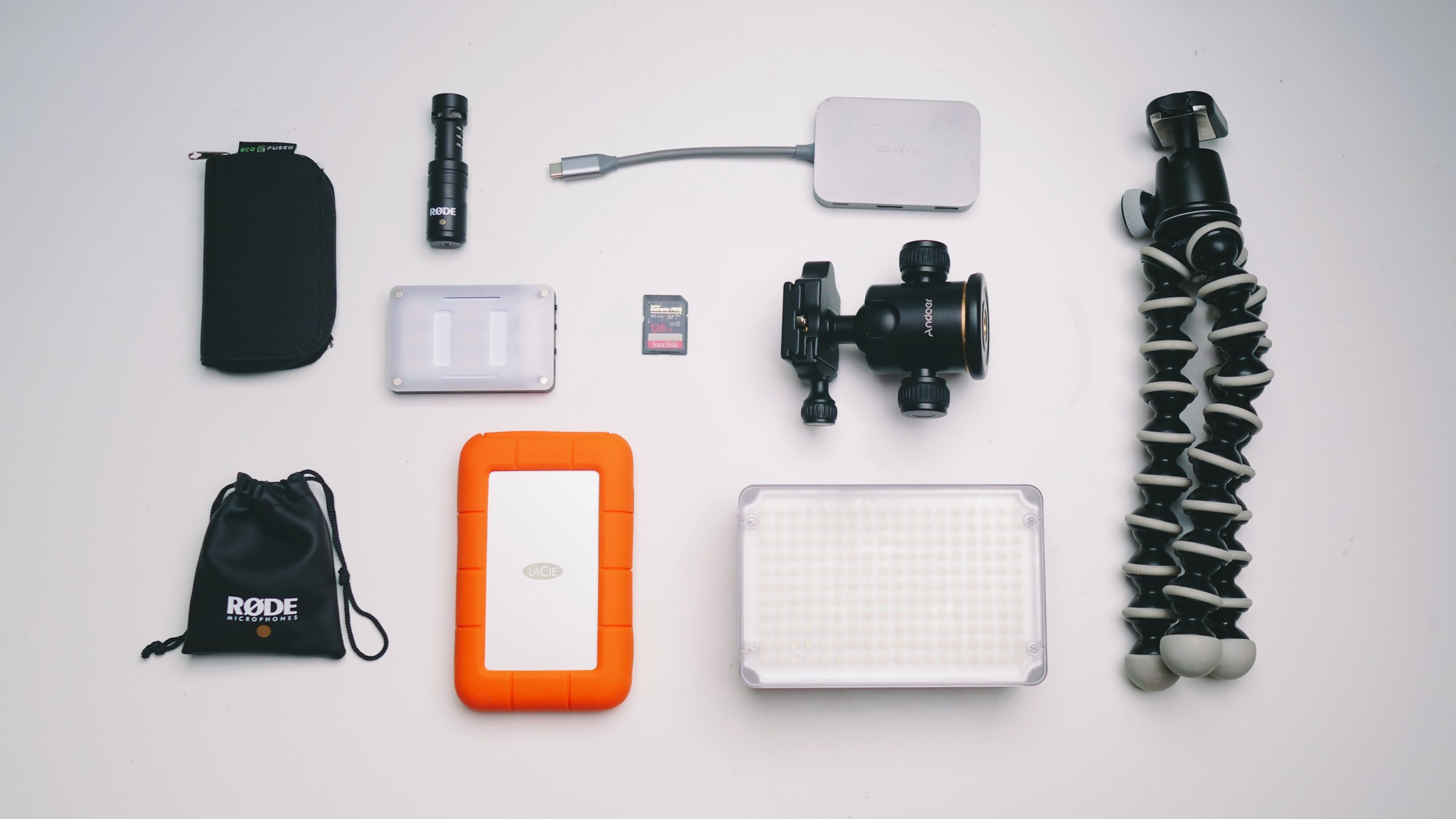Wearables in the Workplace: Boosting Productivity and Wellbeing
Introduction
Wearable technology is no longer confined to gyms or morning jogs. Businesses worldwide are adopting wearables to improve employee safety, productivity, and wellbeing. As companies balance efficiency with caring for their teams, wearables are becoming a vital tool in modern workplaces.
Enhancing Worker Safety with Wearables
Industries like construction, mining, and logistics face safety challenges daily. Smart helmets, vests, and wristbands now track:
-
Worker fatigue levels
-
Exposure to dangerous environments
-
Location in hazardous sites
For example, a smart vest might alert a worker if their posture suggests potential back strain, preventing long-term injuries.
Productivity Insights and Workflow Optimization
Beyond safety, wearables provide valuable productivity insights. They can monitor stress, focus levels, and movement patterns. Managers use this data to redesign workflows, improve ergonomics, and schedule smarter breaks.
Real-world use case:
-
A logistics company using wearable sensors found that optimizing lifting techniques reduced injury rates and boosted efficiency.
Corporate Wellness Programs
Many employers now include wearables in their wellness initiatives. Fitness trackers encourage employees to move more, sleep better, and manage stress. Some companies tie financial incentives or rewards to step counts, workout consistency, or sleep quality.
Benefits include:
-
Lower healthcare costs
-
Increased employee engagement
-
Improved morale and teamwork through group challenges
Challenges: Privacy and Ethics
Despite benefits, wearables raise concerns about data privacy. Employees may feel uncomfortable with constant monitoring. To address this, businesses must:
-
Be transparent about data collection
-
Ensure anonymity in wellness programs
-
Avoid using data for disciplinary action
Trust is key to the success of workplace wearables.
The Future of Workplace Wearables
Looking ahead, we may see:
-
AI-driven productivity assistants providing real-time guidance
-
AR (augmented reality) smart glasses for training and on-the-job support
-
Biometric monitoring to prevent burnout before it escalates
Conclusion
Wearables in the workplace are more than a trend—they’re reshaping how we work. By balancing innovation with ethical responsibility, companies can use them to protect employees, boost efficiency, and build healthier workplaces.
Keywords: workplace wearables, employee wellness, productivity technology, corporate fitness programs, safety wearables
Blog 3: Fashion Meets Function: The Rise of Stylish Wearables
Meta Description: Wearables are no longer just tech gadgets — they’re fashion statements. Explore how stylish wearables combine beauty and function in smartwatches, jewelry, and clothing.
Introduction
The earliest wearables were often criticized for being bulky and unattractive. Today, brands are solving this challenge by blending fashion with technology. The result? Devices that people are proud to wear — not just for their features, but for their style.
Smartwatches as Fashion Statements
Smartwatches like the Apple Watch, Samsung Galaxy Watch, and Garmin models now offer customizable straps, slim designs, and premium finishes. What was once a “geek gadget” is now a luxury accessory.
Popular features include:
-
Swap-out bands in leather, stainless steel, or fabric
-
Slimmer bezels for a minimal look
-
Collaboration with luxury designers
Smart Jewelry: Rings, Bracelets, and Necklaces
Not all wearables look like watches. Smart rings (like the Oura Ring) discreetly track sleep, heart rate, and activity without drawing attention. Smart bracelets and necklaces are following suit, combining elegance with tracking capabilities.
Smart Clothing and Fabric Sensors
Fashion-forward companies are embedding technology into fabrics:
-
Smart yoga pants that give posture feedback
-
Running shirts with integrated heart rate monitors
-
Heated jackets powered by apps
These make wearables more seamless and invisible than ever.
Designer-Tech Collaborations
Luxury brands are embracing wearables, merging their design expertise with technology. Partnerships between fashion houses and tech firms produce devices that double as high-end jewelry and lifestyle accessories.
The Future of Fashion-Tech Fusion
Looking forward, wearables may integrate into everyday items so smoothly that you won’t notice them:
-
Smart tattoos or electronic skin patches
-
Augmented reality glasses disguised as sunglasses
-
Eco-friendly materials for sustainable wearables
Conclusion
The wearable market is entering a new era where style matters as much as function. With tech companies partnering with designers, wearables are becoming lifestyle accessories that enhance both fashion and wellbeing.



